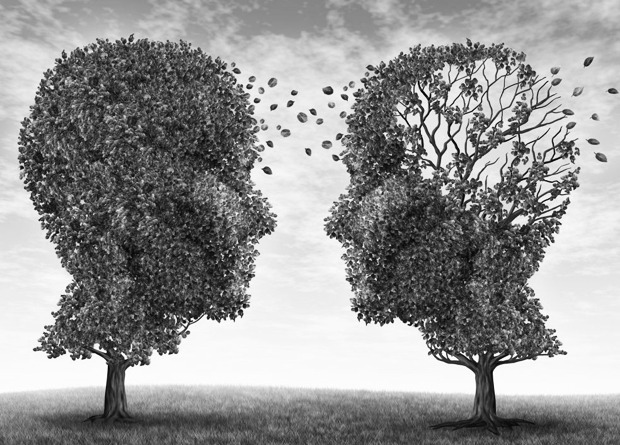Functional Decline
How functional decline occurs in elderly
HEALTHY AGEING
Dr Praveen G Pai
4/21/20243 min read


What is Functional Decline?
Functional decline refers to a gradual decrease in an older adult's ability to perform activities of daily living (ADLs) independently. These ADLs include basic tasks like bathing, dressing, eating, toileting, transferring (getting in and out of bed), and maintaining continence. It can also encompass instrumental activities of daily living (IADLs) such as managing finances, preparing meals, taking medications, using transportation, and doing housework.
Measuring and Identifying Functional Decline:
There are various ways to assess functional decline, both formal and informal.
Here are a few methods:
● Standardized Assessments:Clinicians might use standardized tests ike the Barthel Index or the Katz Index, which evaluate performance in specific ADLs and IADLs.
● Physician Observation: Doctors can observe an elderly patient's ability to complete tasks during a physical examination.
● Self-Reported Measures: Questionnaires can be used together information about an older adult's perceived ability to perform daily activities.
● Informal Observation: Family members and caregivers can report any noticeable decline in an elder's independence in daily tasks.
Signs and Symptoms of Functional Decline:
The signs and symptoms of functional decline can be subtle and may vary depending on the underlying cause. However, some common indicators include:
● Difficulty with personal hygiene tasks like bathing or dressing
● Increased need for assistance with mobility or transferring
● Requiring help with preparing meals or eating
● Problems managing finances or taking medications
● Difficulty with tasks requiring memory or concentration
Why Does Functional Decline Occur in the Elderly?
Several factors contribute to functional decline in older adults:
● Chronic Health Conditions: Diseases like arthritis, heart disease, diabetes, and stroke can significantly impact mobility, strength, and stamina.
● Sensory Decline: Impaired vision, hearing loss, and balance problems can make everyday activities challenging.
● Cognitive Decline: Dementia and other cognitive impairments can affect memory, judgment, and decision-making, hindering an elder's ability to manage daily tasks.
● Polypharmacy: Taking multiple medications can increase the risk of side effects and medication interactions, potentially leading to functional decline.
● Psychological Factors: Depression, anxiety, and social isolation can negatively impact motivation and energy levels, affecting an elder's ability to take care of themselves.
● Environmental Factors: Unsafe home environments with tripping hazards, poor lighting, or lack of grab bars can increase the risk of falls and injuries, leading to functional decline.
Preventing and Reducing Functional Decline:
The good news is that functional decline can be prevented or slowed down through various interventions:
● Staying Active: Regular exercise helps maintain muscle strength, balance, and coordination, promoting independence.
● Healthy Diet and Nutrition: A balanced diet rich in essential nutrients provides the body with the building blocks for physical and cognitive function. ● Fall Prevention Strategies: Addressing home safety hazards, improving footwear, and vision checks can prevent falls, a major contributor to functional decline.
● Cognitive Stimulation: Engaging in activities that challenge the mind, like puzzles, games, or learning new skills, can help maintain cognitive function.
● Socialization: Staying connected with friends and family, participating in social activities, and combating loneliness can improve mental well-being and motivation.
● Medication Management: Working with a doctor to review medications regularly ensures appropriate use and minimizes side effects impacting function.
Recovery from Functional Decline:
The extent of recovery from functional decline depends on the underlying cause and the severity of the decline. Early intervention is crucial.
● Physical and Occupational Therapy:Therapistscanhelpindividualsregain strength, improve mobility, and re-learn daily living skills.
● Assistive Devices:Utilizing canes, walkers, grabbars, or dressing aids can enhance independence in daily activities.
● Home Modifications: Making changes to the home environment, such as installing ramps or lowering countertops, can make daily living easier.
Functional Decline and Other Diseases:
Functional decline can be a precursor or a consequence of other diseases.
● A downward spiral can occur functional decline can lead to social isolation and decreased physical activity, increasing the risk of chronic diseases like heart disease or diabetes.
● Conversely, some chronic diseases can worsen functional decline by causing pain, fatigue, or limitations in mobility.
